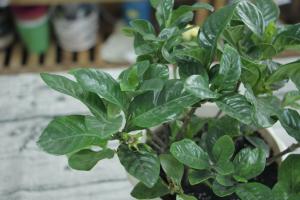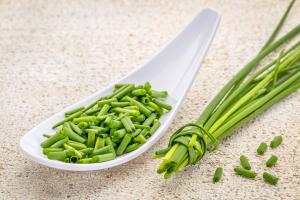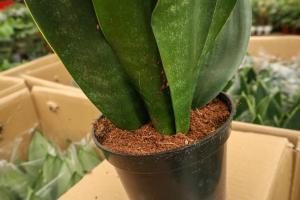Introduction
Potted plants are a great way to add greenery and beauty to your indoor or outdoor space. However, in order to ensure their healthy growth and longevity, it is important to fertilize them properly. In this article, we will discuss some tips and techniques on how to fertilize potted plants.
Choosing the Right Fertilizer
The first step in fertilizing potted plants is to choose the right type of fertilizer. There are a wide variety of fertilizers available on the market, each with its own set of benefits and drawbacks. Some common types of fertilizers include:
Organic fertilizers: Made from natural materials like compost, manure, and bone meal, organic fertilizers are an environmentally-friendly choice that help improve soil structure and nutrient content.
Inorganic fertilizers: Also known as synthetic fertilizers, these are chemical-based fertilizers that provide a quick burst of nutrients but can be harmful to the environment if used excessively.
Slow-release fertilizers: These are fertilizers that release nutrients over a longer period of time, providing a sustained source of nutrition for your plants.
When choosing a fertilizer, consider the needs of your specific plant and its growing conditions. Also, be sure to follow the manufacturer's instructions for application rates and timing.
When to Fertilize
Knowing when to fertilize your potted plants is also important for their health and growth. As a general rule of thumb, it is best to fertilize your plants during the growing season (spring and summer). This is when they need the most nutrients to support their growth and development.
During the winter months, most plants go dormant and do not require as much fertilizer. However, some plants may still benefit from an occasional feeding, especially if they are actively growing or blooming.
Application Techniques
Once you have chosen the right fertilizer and determined when to fertilize, the next step is applying the fertilizer correctly. Some tips for applying fertilizer to potted plants include:
Water your plant before fertilizing: This helps ensure that the soil is moist and ready to receive the nutrients.
Follow the instructions on the packaging: Be sure to measure the correct amount of fertilizer and apply it evenly to the soil surface.
Avoid getting fertilizer on the plant's leaves: This can cause burning and damage to the foliage.
Repeat as needed: Depending on the type of fertilizer and your plant's needs, you may need to fertilize every 2-4 weeks during the growing season.
Conclusion
Fertilizing potted plants is an important part of maintaining their health and vitality. By choosing the right fertilizer, fertilizing at the correct time, and applying it properly, you can help ensure that your plants thrive and provide beauty and enjoyment for years to come.

 how many times do yo...
how many times do yo... how many planted tre...
how many planted tre... how many pine trees ...
how many pine trees ... how many pecan trees...
how many pecan trees... how many plants comp...
how many plants comp... how many plants can ...
how many plants can ... how many plants and ...
how many plants and ... how many pepper plan...
how many pepper plan...
































